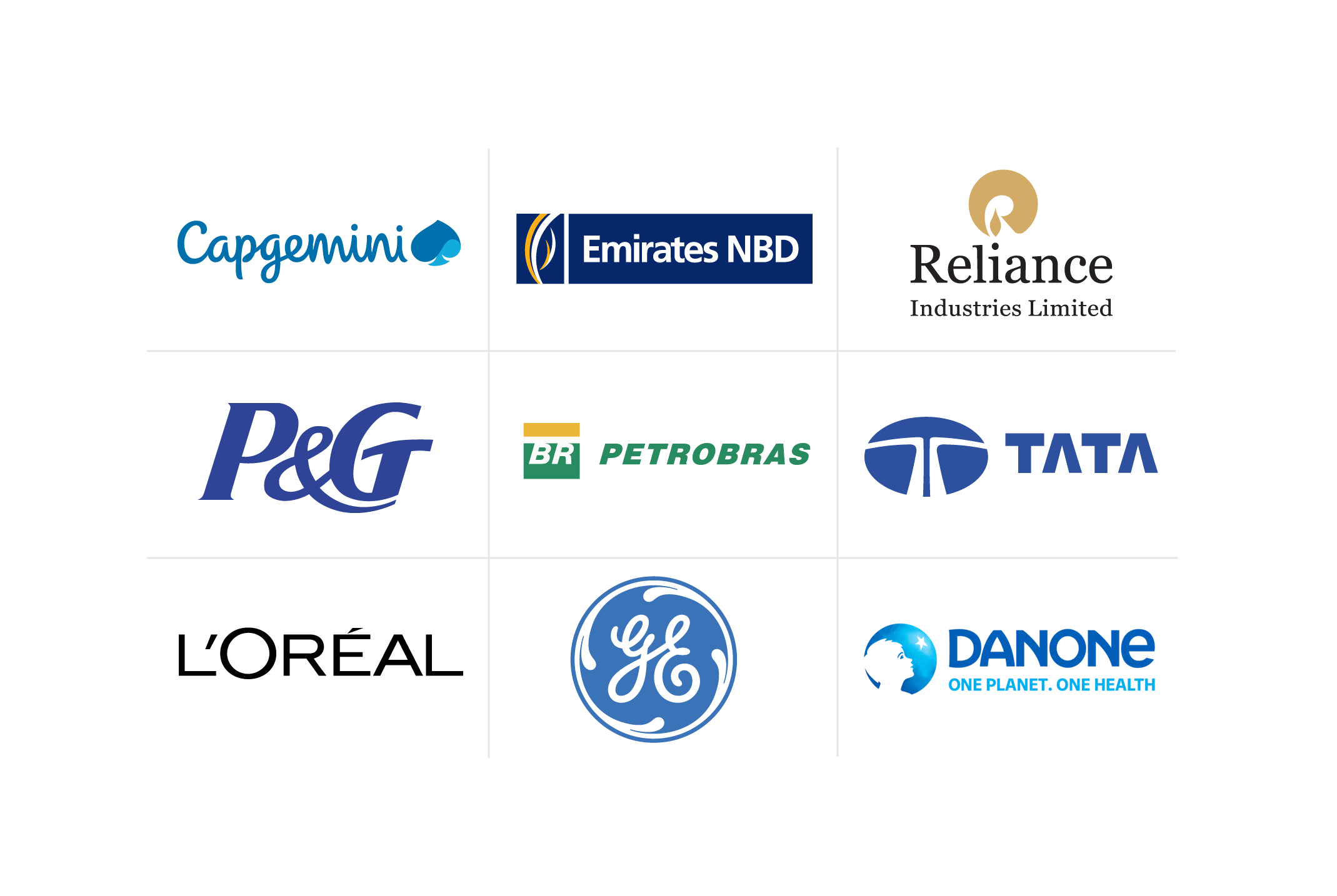How to Improve Business Productivity
Learn how you can improve business productivity in your workplace, including how to measure productivity, as well as common productivity mistakes to avoid.
![[Featured Image] A business owner stands in an open office space.](https://d3njjcbhbojbot.cloudfront.net/api/utilities/v1/imageproxy/https://images.ctfassets.net/2pudprfttvy6/52XcmVgmukizEq5DE98b1G/aae798131e15977279a954567ac6aa6c/iStock-539447656_super.jpg?w=1500&h=680&q=60&fit=fill&f=faces&fm=jpg&fl=progressive&auto=format%2Ccompress&dpr=1&w=1000)
Maximizing productivity is a crucial component of any business’s profitability. As a leader, it’s important to measure and track productivity metrics and identify strategies to improve business productivity. This can include implementing specific tools and approaches or removing any unnecessary obstacles for your team.
When it comes to succeeding in today’s competitive marketplace, having an efficient and productive workplace can help your organization get ahead of the competition.
What is business productivity, and how is it measured?
Business productivity measures the efficiency of converting inputs into output. Inputs are any resources used, while output refers to the number of goods/services produced or economic performance over a given period. However, this number can be difficult to calculate depending on the business.
For example, a business that sells only one product can easily quantify the number of products sold to determine output. In cases where a business offers services, such as a beauty salon, mechanic, or medical care center, placing an exact number on the output can be challenging. In this scenario, measuring output as the dollar amount of cumulative sales is more useful.
To calculate productivity over a specific time period, divide the average output by the total inputs that your business used to produce those outputs. Inputs may include the costs associated with production, such as materials or total employee labor hours. Another simple way to calculate productivity is by measuring profit, as an increase in profitability can often mean an increase in productivity.
Other key performance indicators leaders can use to track productivity include:
Customer satisfaction score: A customer satisfaction score, or CSAT, is given in response to survey questions such as, “How satisfied were you with your service today?” on a predetermined scale.
Employee turnover rate: Employee turnover rate measures the number of employees leaving a company over time. This helps explain employee retention and satisfaction, which affects productivity in the long run.
Revenue per employee: Revenue per employee determines the value added by each employee on average by measuring how much revenue is generated per person on the staff.
Labor utilization rate: Labor utilization rate measures the amount of billable time employees have available and use for productive tasks.
Benefits of business productivity
An increase in output is only possible with an increase in input or efficiency. Along with greater output, businesses can experience several other benefits through improving productivity in the workplace. These include:
Gaining easier access to capital and funding due to higher profits, bringing more business opportunities to scale and grow.
Your ability to pay employees higher wages increases, thus increasing employee satisfaction. Productivity also helps employees establish better work-life balance and minimize stress levels since they complete their work on time.
Efficient business practices contribute to higher customer satisfaction through areas such as faster delivery or the ability to lower prices.
Purchasing materials for production may become less expensive when improved productivity increases overall production, allowing you to obtain a greater quantity of materials at a lower price.
How to improve business productivity
One of the most critical aspects of business productivity is having employees who are engaged in their work. Creating an engaging work environment can help keep people motivated and focused on their efforts. Here are several ways to increase engagement and productivity within your business.
Use technology to your advantage.
Employees should have the necessary tools to do their jobs and be productive. Utilizing cloud computing is one way to minimize the costs of otherwise expensive technology. You can also obtain workflow automation software to save time that would otherwise be spent documenting information. This means employees can focus on more important responsibilities rather than repetitive tasks. Generative AI is already helping businesses automation tasks and free up time for employees to focus on strategic initiatives and deeper work.
Communicate effectively.
When you communicate your plans clearly and effectively, everyone involved will know the priorities. This means managers must be accessible to employees, hold meetings, and properly communicate objectives and responsibilities.
By discussing achievable goals, you will not only prepare your employees to collaborate better with each other, but you’ll also help promote motivation.
Encourage employee wellness.
Healthy employees tend to be more productive employees. Workers in good health use fewer sick days, and organizations implementing wellness initiatives often have staff showing up at work more often.
Wellness programs should effectively minimize the consequences of negative health conditions on productivity. These programs can include strategies such as offering health screenings, educating employees on healthy lifestyle choices, stocking healthier food options in vending machines, and offering no-cost options such as encouraging the use of stairs.
Provide opportunities for learning and development.
Providing opportunities to learn new skills helps with employee satisfaction and productivity. This could be through conferences, cross-training to explore different responsibilities, or providing tuition assistance for employees to further their education.
Offer flexibility.
Flexibility is a great way to support work-life balance and promote productivity. Although it’s easy to assume that flexibility solely benefits the employee, this isn’t the case, as satisfied employees who are happy with their jobs are often more productive overall. Leaders can promote flexibility in the workplace with telecommuting, remote work options, and more flexible work hours.
Things to avoid for a more productive workplace
While leaders can implement strategies to improve workplace productivity, some workplace activities and habits negatively affect productivity. Here are a few common practices that may reduce your team’s productivity:
Excessive meetings: While efficient and timely meetings can be extremely important, some may need to be revised. When holding meetings, ensure only those relevant to the discussion are present. When possible, consider relying on emails to share information instead.
Social media use: You may choose to limit social media use when platforms aren’t being used for business objectives. It’s easy for employees to become distracted while scrolling through social media, but some strategies can help mitigate this problem. These include employee monitoring software or simply communicating why excessive social media use during the workday affects productivity.
Multitasking: This often harms productivity. Rather than giving employees multiple tasks to complete at once, properly delegate the workload to minimize these effects. Allow your employees to focus all their energy and attention on one task or utilize specific periods to prioritize certain tasks.
Getting started with Coursera
GenAI is poised to be the largest technological revolution since the internet. Unlock productivity gains for your workforce and propel your organization forward with Generative AI (GenAI) Academy from Coursera.
Designed for everyone, from executives to teams, GenAI Academy’s curated catalog offers new courses, short-form content, and hands-on projects from leading AI experts, including Microsoft, Stanford Online, Google Cloud, IBM, DeepLearning.AI, Vanderbilt, and many more. Explore Coursera for Business to learn how you can equip your workforce with essential generative AI skills today.
This content has been made available for informational purposes only. Learners are advised to conduct additional research to ensure that courses and other credentials pursued meet their personal, professional, and financial goals.


